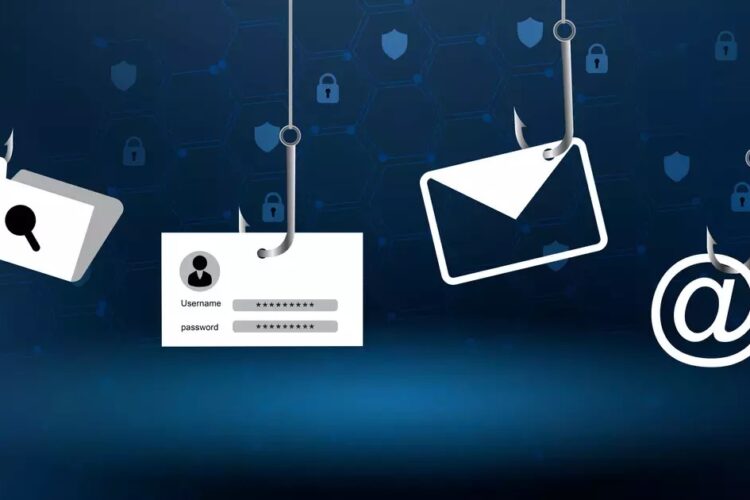Bank sends urgent email requesting account validation, but click on link may be scam. Recognize email scams as they become more complex.
Know more about email address fraud detection analysis
What Is A Scam Via Email?
Email scams, phishing scams, money scams, lottery scams, job offer scams, and romance scams are fraudulent activities that deceive victims into providing sensitive information, often posing as reputable businesses.
Email scam warning signs and red flags
Email scams often use urgency to pressure recipients into immediate action, such as claiming an account issue or overdue payment. Be cautious of emails that demand immediate action or threaten negative consequences if not followed. Legitimate organizations rarely ask for personal information via email, so be wary of requests for sensitive data like passwords or financial information. Scammers may use email addresses that resemble legitimate ones but with slight variations or misspellings, so be sceptical of unfamiliar or suspicious-looking addresses.
Additionally, poor grammar, spelling mistakes, and awkward phrasing are common indicators of fraudulent emails, as scammers often operate from countries where English is not their first language.
Be cautious when receiving unsolicited email attachments, especially from unknown senders, as scammers may use them to spread malware or viruses, requiring you to be confident in their legitimacy.
Preventive Steps: How to Stay Away from Email Fraud
In order to prevent falling for email scams, it’s critical to take preventative action and establish sound email security protocols. You can take the following actions to safeguard yourself:
Confirm the Identity of the Sender
Check the identity of the sender before responding to an email. Verify that the email address corresponds to the official contact details of the company or person it purports to be from. When in doubt, get in touch with the sender using an alternative, reliable communication route to be sure the email is genuine.
Never Respond to Unsolicited Emails
When opening emails from senders you don’t know or that appear questionable, proceed with caution. It’s advisable not to open emails that appear unexpected or unrelated. To reduce the possibility of unwittingly starting a hoax or infection, delete such emails right away.
Don’t Click on Dubious Links
Save clicking links in emails unless you are positive they are legitimate. To see the real URL, move your cursor over the link. Make sure the URL points to the correct website or destination. Short URLs and links that reroute to unknown domains should be avoided. Manually enter the URL into your browser whenever you’re unsure.
Never Disclose Personal Data
Never send critical or personal information by email, including credit card numbers, passwords, or social security numbers. Such information will never be requested by email from reputable organisations. You should report an email that asks for personal information as suspicious and hold off on sending any private information.
Conclusion
Implementing preventive measures, being vigilant, and combining awareness, caution, and proactive email security practices can significantly reduce the risk of falling victim to email scams.

